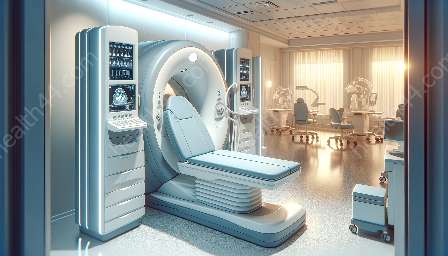Ultrasound machines play an integral role in diagnostic equipment and medical devices and equipment, revolutionizing the way healthcare professionals conduct diagnostic imaging and interventions.
Understanding Ultrasound Machines
Ultrasound machines, also known as sonography machines, utilize high-frequency sound waves to produce real-time images of the internal organs, tissues, and blood flow within the body. These non-invasive imaging tools have become an indispensable component of modern healthcare, allowing for accurate and detailed visualization without the need for ionizing radiation or invasive procedures.
Advanced Technology
The advancements in ultrasound technology have led to the development of highly sophisticated machines that offer improved imaging quality, portability, and versatility. From traditional cart-based systems to portable handheld devices, ultrasound machines are available in various configurations to meet the diverse needs of medical professionals in different clinical settings.
Applications in Diagnostics
Ultrasound machines are widely used for diagnostic purposes across various medical specialties, including obstetrics and gynecology, cardiology, radiology, and emergency medicine. They enable the visualization of fetal development during pregnancy, assessment of cardiac function, detection of abnormalities in various organs, and guidance for minimally invasive procedures such as biopsies and injections.
Impact on Healthcare
The widespread adoption of ultrasound machines has significantly improved patient outcomes and healthcare delivery. Their non-invasive nature, real-time imaging capabilities, and relative affordability make them an invaluable tool for both routine screenings and emergent situations. Additionally, the portability of modern ultrasound devices has expanded their reach to underserved communities, enabling access to essential diagnostic services in remote or resource-limited regions.
Future Developments
As technology continues to advance, the future of ultrasound machines holds promise for further enhancements in image resolution, automation of imaging processes, and integration with artificial intelligence for more accurate interpretations. These developments are expected to further elevate the role of ultrasound machines as essential components of diagnostic equipment and medical devices and equipment, driving continuous improvements in patient care and outcomes.


